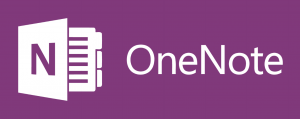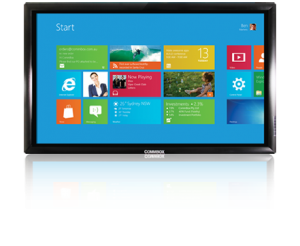Digital Learning
Best Practices for Backing Up Your Data
Cyber-crime and data loss are ever increasing in today’s technology-reliant society. The loss of important company data and client records can be damaging for businesses. If you are yet to experience some level of data loss, you may be considered one of the lucky ones. There is always the risk of an accident or malicious […]
Read MoreIt is time to start teaching cybersecurity in schools
It is Australian Cyber Week and to celebrate, we’ve decided to dive into why teachers need to start teaching students about cybersecurity. We teach children about crossing the street and avoiding strangers from a young age, and it is now just as important that we do the same with cyber safety. Students are being introduced […]
Read MoreMicrosoft Surface Pro 5???
People are already very excited for the upcoming Microsoft Surface Pro 5. Reports have it that it will be out as early as April along with Windows 10. This is not confirmed and is purely speculation with other rumours reporting October release dates. We here at eStorm are looking forward to Microsoft officially advising on it’s release […]
Read MoreClassDojo an app for all lower school teachers and special education
CLASS DOJO ClassDojo helps teachers celebrate student moments in the classroom, and share those home with parents. I loaded this application myself through the web browser and it was so simple to register, create a class and personalise, invite students and parents (autogenerated PDF with access codes) and to celebrate students, reward them through feedback […]
Read MoreMicrosoft OneNote
If you do a lot of notetaking, attend multiple meetings during the week, and collaborate with others on projects, then OneNote can keep that flood of info neat and tidy. All your notes—even words in pictures—are searchable inside OneNote, and they’re stored in the cloud and immediately accessible via the OneNote apps for any platform. […]
Read MoreCOMMBOX Interactive Displays
COMMBOX INTERACTIVE DISPLAYS transforming classrooms. The Classic Range of touchscreens remains Australia’s favourite classroom touchscreen. Classic good looks, including a sturdy aluminium frame, toughened glass and rock-solid reliability makes the Classic Range a winner every time. Features: All Classic touchscreens incorporate the highest quality Commercial Grade LED displays, rewarding the audience with superior image quality, […]
Read MoreWELCOME TO SWIFT PLAYGROUNDS
At WWDC 2016, Apple announced Swift Playgrounds for iOS. Swift Playgrounds is an app that is connected to a larger initiative from Apple called “Everyone Can Code”. Everyone Can Code comprises the Swift Playgrounds app itself, a series of teacher and student guide books on the iBookstore and a suite of curriculum content delivered inside […]
Read More






